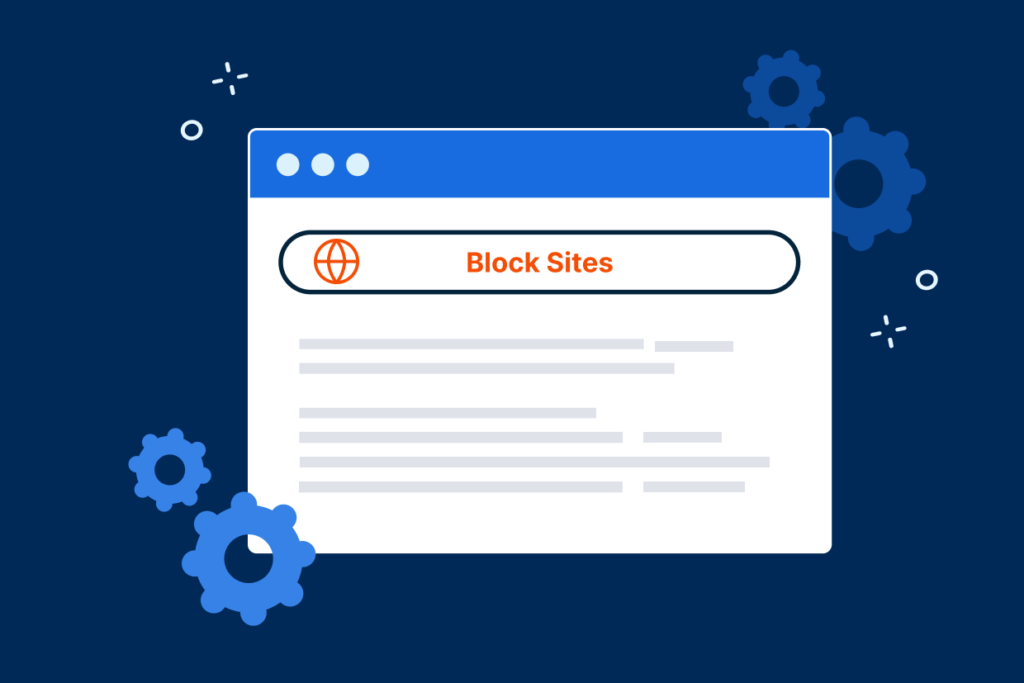Tim Cook’s Carefully Crafted Message Behind Apple’s iPhone 16e
With the launch of the iPhone 16e, Apple is closing the chapter on one of its most recognizable brands. As the tech community observes the new device, many may wonder, “Isn’t this just an evolved iPhone SE?” However, Apple is strategically positioning the 16e in a way only it can.
A key observation stands out: the iPhone 16e is being compared primarily to older iPhones rather than the broader smartphone market. Apple’s press release, led by Tim Cook, is essentially a case of “comparing Apples to Apples.”
Selling to the iPhone 16e Audience
Apple’s marketing strategy makes sense. Consumers already invested in the Apple ecosystem—whether through music subscriptions, purchased apps, or iCloud storage—face a high barrier to switching to Android. While not entirely a captive audience, these users have strong ties to Apple’s world.
For them, the iPhone 16e serves as an upgrade option, whether for personal use or to introduce family and friends to the Apple experience. This approach ensures that Apple strengthens its user base with each new model.
On the Android side, competition is more diverse, with multiple manufacturers constantly innovating. However, Apple’s current focus isn’t on converting Android users—it’s on reinforcing its hold over existing customers.
Battery Life: A Long-Awaited Improvement

One of the biggest criticisms of previous iPhone SE models was battery life. The original SE (2016) barely lasted a full workday, and even later iterations struggled in this area. In today’s smartphone landscape, all-day battery life is a basic expectation.
Apple claims, “The iPhone 16e has the best battery life ever on a 6.1-inch iPhone, lasting up to six hours longer than iPhone 11.” While this sounds impressive, the comparison is notable. Instead of benchmarking against the iPhone 16 or even the latest SE, Apple looks back six years to the iPhone 11, creating a more dramatic contrast.
Apple’s First In-House Modem
A key factor behind the improved battery efficiency is Apple’s deeper hardware-software integration. Unlike Android manufacturers, Apple optimizes iOS exclusively for its A-series processors, allowing for tighter performance control.
With the iPhone 16e, Apple takes this approach further with its first in-house modem. Previously reliant on Qualcomm, Apple has now introduced its own C1 modem, designed specifically for its hardware.
Apple highlights, “The C1 is the most power-efficient modem ever on an iPhone, delivering fast and reliable 5G connectivity.” Once again, the comparison remains within Apple’s ecosystem rather than against competing modems from Qualcomm or Samsung. Given that the C1 is custom-built for a single phone, improved efficiency is expected—but by how much? That remains to be tested.
The A18 Chip: Power and Performance

Apple also emphasizes the processing power of its A18 chip, yet instead of comparing it to last year’s A17, the benchmark is once again the A13 Bionic from the iPhone 11.
According to Apple, “The iPhone 16e is powered by our latest-generation A18 chip… with a 6-core CPU that is up to 80% faster than the A13 Bionic, and a 16-core Neural Engine optimized for large generative AI models, running machine learning tasks up to six times faster.”
While the A18 undoubtedly delivers major performance gains, the choice of comparison suggests Apple wants to distance the 16e from the iPhone SE line and instead draw attention to its improvements over older models.
The iPhone 16e vs. the iPhone 11: A Strategic Comparison
Why does Apple keep comparing the iPhone 16e to the iPhone 11 rather than the 2022 iPhone SE? One possible reason is branding—the company may want to clearly separate the SE from the e series.
The last SE was essentially an iPhone 13 in a familiar shell, making it a more logical benchmark for direct performance comparisons. However, referencing the iPhone 11—now nearly six years old—allows Apple to showcase more dramatic performance improvements.
The Verdict: A New Chapter for Apple
Once the iPhone 16e goes on sale on February 28, direct comparisons with Android competitors will provide a clearer picture of its strengths and weaknesses. Until then, Apple’s marketing paints it as a worthy successor within its ecosystem.
To borrow a phrase, “Apple will give it to you straight—like an apple cider made from 100% apples.” But for now, those apples are being carefully selected for comparison.














Post Comment